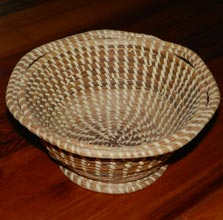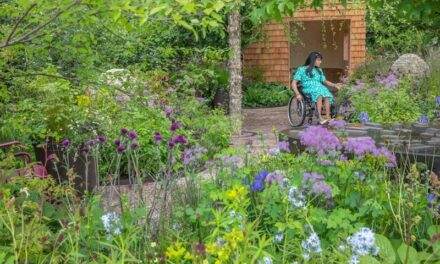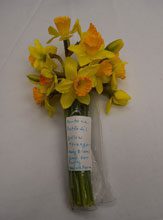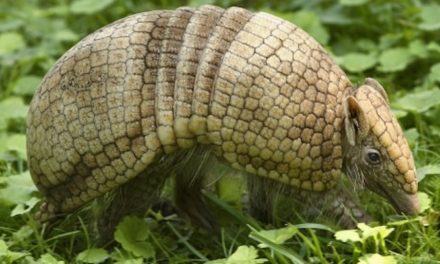 When the brilliant, clear blue October sky is reflected in the Lowcountry waters and the sun is lighting up the rich colors of fall blooming plants, you know autumn is finally here to stay. The sluggishness of summer is gone and I am ready to get out and dig again.
When the brilliant, clear blue October sky is reflected in the Lowcountry waters and the sun is lighting up the rich colors of fall blooming plants, you know autumn is finally here to stay. The sluggishness of summer is gone and I am ready to get out and dig again.
Plant of the Month should certainly be the Muhly Grass; officially known as Muhlenbergia capillaris and locally known as Sweet Grass, it’s striking in full bloom. A number of texts list this plant as Muhlenbergia filipes which some botanists consider the species; others consider them identical. Whatever its name, this plant is stunning. This grass belongs to the vast Poaceae (grass) family and the genus name refers to the early botanist Henry Ernest Muhlenberg, an ordained a minister whose family is credited with bringing Lutheranism to the USA.
The Foamy pink inflorescences are not true flowers but very fine panicles of rosy pink seed heads which almost light up when the sun catches them. Although not seen as often, there are also varieties with snow white plumes which make a stunning show when planted en masse. Can you picture mounds of fluffy snow – in Beaufort? Native to the sea islands of the southeastern coast, these wild grasses make outstanding landscape plants and are now being featured in gardens throughout the southeast and even some high end nurseries on the west coast have started growing them.
The very slim, erect, blue green foliage will hold its color until winter when it goes dormant and turns a light brown. It is not necessary to cut back Muhly grass; even when brown, this grass has structure and looks good; but I think it does look better trimmed. I usually cut mine back to about 6” in January before any new growth starts. This eliminates all the old brown grass so nothing takes away visually from the fresh new growth which usually starts showing in late January. The easiest way to trim it is to tie the foliage up like a pony tail and cut straight across. You’ll have a roundish mound that looks well trimmed when you remove the tie.
dormant and turns a light brown. It is not necessary to cut back Muhly grass; even when brown, this grass has structure and looks good; but I think it does look better trimmed. I usually cut mine back to about 6” in January before any new growth starts. This eliminates all the old brown grass so nothing takes away visually from the fresh new growth which usually starts showing in late January. The easiest way to trim it is to tie the foliage up like a pony tail and cut straight across. You’ll have a roundish mound that looks well trimmed when you remove the tie.
The Sea Island basket makers have been using sweet grass along with palmetto leaves and long leaf pine straw to weave sturdy baskets for generations. I treasure the sweet grass baskets I have collected over the years; some are 50 years old and still going strong. A true Lowcountry art form, originally the baskets were functional pieces, like rice fanners, for use on the plantations. Today’s weavers create more decorative pieces. It is incredible that these beautiful works of art can be created from such a beautiful addition to our gardens.
Muhly likes to be planted in the fall so its roots can become well established before next summer’s heat sets in. It prefers full sun, and while it will tolerate filtered shade, it will not bloom as prolifically. This is a clumping grass – it will not run and become invasive – but the clump will broaden over the years. This is not much of an issue if the grass is planted en masse but if you are using this as a featured plant in your landscape, you might want to dig it up and divide the clump every several years. This is best done in late fall. Be sure to water any transplanted clumps well until they are established.
Although this grass is often seen growing along the edge of freshwater and salt marshes, it is surprisingly drought tolerant. The foliage is stiff so deer do not seem to favor it. A drought tolerant plant that can also handle flooding, is somewhat deer proof, and looks great? This sounds like a myth but it truly exists. I forgot to add – like most native plants, fertilizing is optional and there are no known problems with pests.
California nurserywoman Annie Hayes describes Mulhy grass as “mind blowing textural drama.” We all need some of that in our gardens. Enjoy the temperate weather October brings; it is perfect for gardening, so get out and plant more Muhly.








